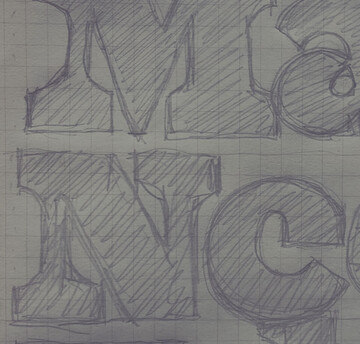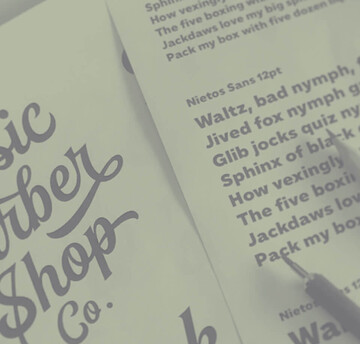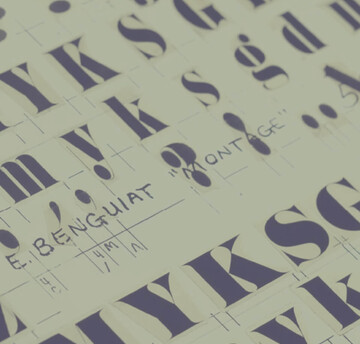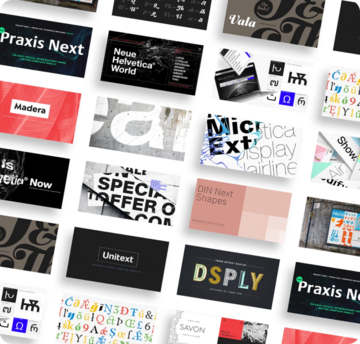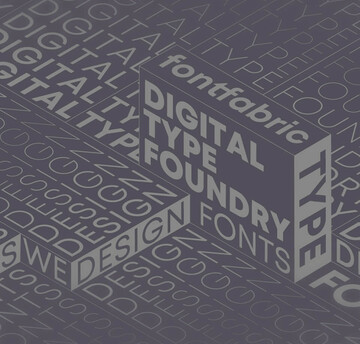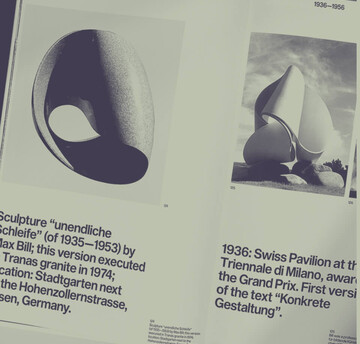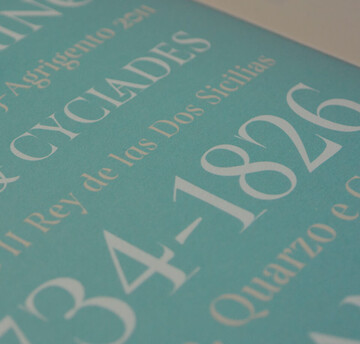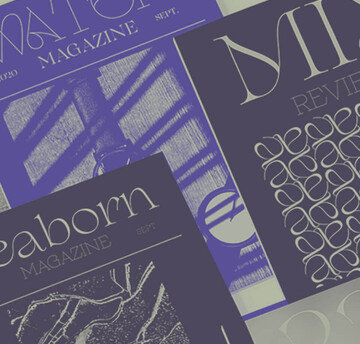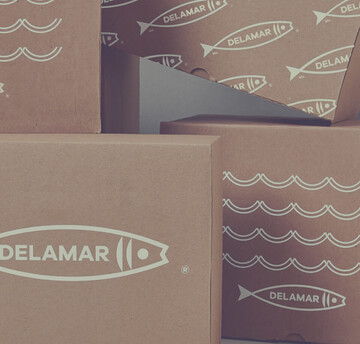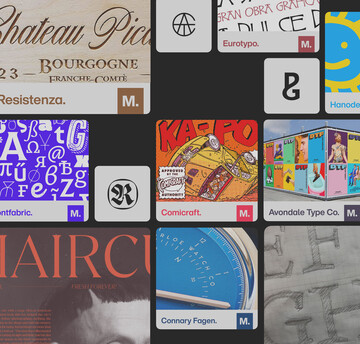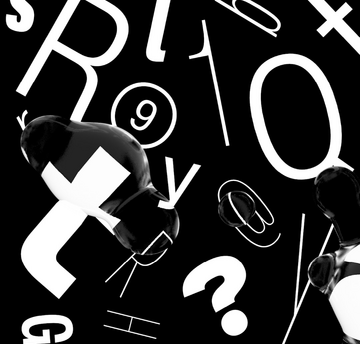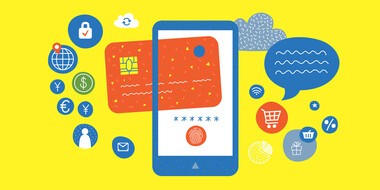How design helps brands set the right tone in difficult times.
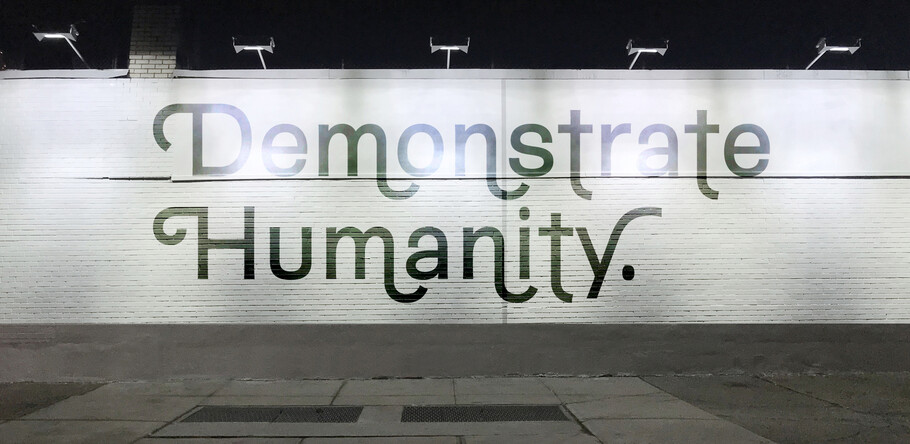
We’re living through an unprecedented time. People are wondering whether they’ll keep their jobs, their health, and maybe a few extra rolls of toilet paper in the middle of this pandemic.
For marketers, being tone deaf isn’t an option. Let’s look at how design and typography can help keep brand sentiment strong while assuring your customers that you get what’s going on.
Business as (un)usual.
Atypical times do not call for typical marketing. Ignoring the current situation and marketing as normal will (deservedly) lead to backlash—not just from consumers, but also from the media and the design community. Instead, brands that keep their messaging positive and focused on the relevant information consumers need to know are more likely to see success through and after the pandemic. And that means being careful with the kind of messages you put into the world.
First, listen to the conversation and only say something if you truly have something to say. What is your brand’s role? Can your brand add something to what’s being said? When a brand understands how it can meet a need, it can enter the conversation in a constructive way.
Fast Company sums it up best in highlighting the three main types of brand advertising happening now: The “we’re doing something ad,” where the brand shares how they’re taking a stand to fight the pandemic (one major caution here—don’t make it sound self-congratulatory); the “we thought you should know” ad, where a brand communicates how consumers can access products or services during the pandemic; and the “we’re here for you” ad, where a brand acknowledges that times are rough and that their product can (hopefully) make things a little better. This last one is a bit of a wink that feels more like a PSA and, if done right, brings people together.
But what about all the marketing communication that isn’t advertising? Those emails and other messages with disappointing or frustrating news that nevertheless needs to be shared, such as event cancellations, store closures, refund information, and changes in service. How can brands send a clear message that’s not only on-brand but also clear and sympathetic to the times? And how can your font and design choices best support your carefully reviewed copy?
How typography sets the tone
Thoughtful design is reassuring to your audience, and well-designed communications help brands look calm and composed during times of crisis. Consumers need clear information, and attention to design shows you’re paying attention to detail behind the scenes.
- Use your brand fonts. Font choice matters—not just for legibility, but so your customers know it’s you. Using your brand fonts wherever possible across your communications provides visual continuity and lends credibility to your message.
- Unless they aren’t quite “right.” But if your brand fonts aren’t the right fit—maybe they’re too playful or don’t include a good option for body copy—find something more reserved or readable that still feels on brand, such as a neutral sans or understated serif. Fonts carry the message, so they’re essential to setting the right tone for whatever you’re communicating. Use of iconography can be helpful as well, and the team at FontAwesome released a set of free, pandemic-centric icons for designers, including anti-handshaking and virus icons.
- Beware of too much design. It’s important to focus on legibility and hierarchy so readers can quickly scan your message for important information. Bolded text, clear headlines, and bulleted lists can be the difference between clarity and uncertainty. However, be careful not to overwhelm your message with unnecessary design elements. The best pieces of communication focus on keeping things simple and clear, directing the focus to the message and back to the audience. There’s no need to be decorative, and you don’t want to look like you’re missing the bigger picture.
Striking the right balance is definitely a challenge, but brands that do it well will show their audience they’re listening and that they care. Remember: We’re all riding this out together. Brands that demonstrate some humanity, restraint, and attention to detail can build loyalty and trust through this and any crisis.
